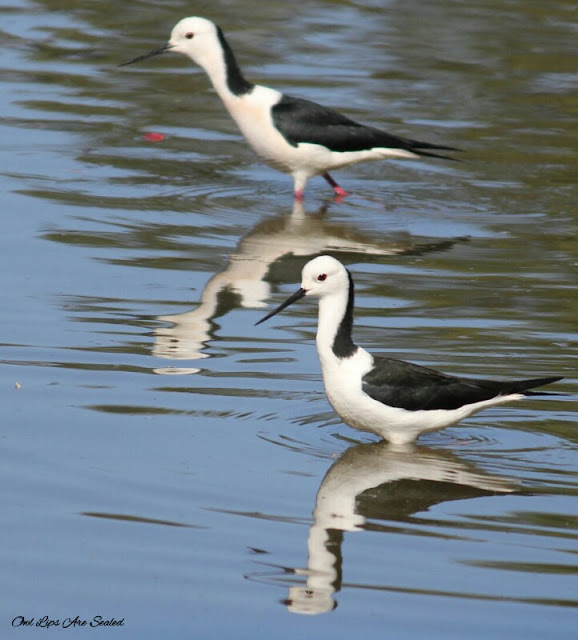The Emerald lakes wetlands has always been known as the Yellow Brick Road to my family. Bike rides, cross country training, dog walks is what this place has always meant. Visiting the wetland today to go bird watching meant a much slower walk than usual and I was surprised at the avian activity I had never before apriciated.
At the entrance of the track was a pair of Olive Backed Orioles incubating. Meters from this was a little friar bird feeding its fledgling and looking through the trees of the little friar birds I saw rainbow lorikeets leaving their tree hollow nest.
There was a ridiculous amount of bearded dragons and from one spot I could count six sunbaking. The superb fairy wrens were also in abundance flitting about making me dizzy.
Three Australian pelicans were resting on a pontoon with a noisy Australian darter. To the left of them I was surprised to see a single comb crested jacana walking on the lilly pads. I was able to get quite close to the bird with out bothering it too much. It must be used to all of the golfers that pass by the lake. Above me a striped honeyeater chirped loudly and rudely left immediately after announcing its presence.
Also on the trackI had the joy of watching a pair of Willie wag tails building their sweet nest. They would bring leaves and bark to the structure and rub spider webs from their beaks around the edges.
Other birds noted were: Brown honeyeaters, Pacific black ducks, Magpie geese, hard heads, Eurasian coots, purple swamphens, Maggie larks, pied butcherbirds, magpie, great egret, pied cormorant, little black cormorant, scarlet honeyeaters, noisy miners, scaley breasted lorikeets.
















































